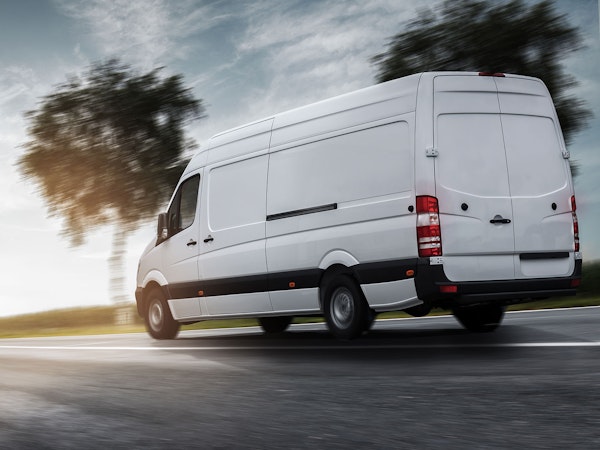When is a van a car?
The tax treatment of cars and vans is quite different, with van classification far more beneficial from both an employer and employee perspective. However, the distinction is not always clear-cut, especially where vans have been modified to turn them into multi-purpose vehicles.

The Court of Appeal has ruled that three modified crew-cab vehicles provided by Coca-Cola to its employees, who used them privately, are cars rather than vans, despite the vehicles having the outward appearance of a van.
Modification
The three vans in question were panel vans modified with a second row of seats behind the driver, turning them into crew cabs. With two of the vehicles, the additional seats could only be removed with tools. For the other vehicle, the seats were removed during working hours.
Primarily suited
For benefit purposes, classification as a van depends on a vehicle being primarily suited to the carrying of goods.
The Court of Appeal’s view was that the modifications had transformed the three vans into multi-purpose vehicles, equally suitable for carrying either goods or passengers. Not being primarily suited to the carrying of goods, the vehicles therefore did not qualify as vans.
What a vehicle looks like on the inside overrides its outward appearance.
The decision could also see crew cabs reclassified for capital allowance purposes (so no annual investment allowance), but still considered vans for VAT purposes provided they can carry a payload of one tonne or more.
Implications
Employers should be aware of the tax implications of providing similar modified crew cab vehicles where private use is permitted.
The decision will mean a higher benefit charge for employees, and additional class 1A NICs for employers. The change should be applied from 2020/21 onwards, and also potentially backdated to 2018/19 (when the case was heard at the Upper Tribunal).
HMRC guidance on the difference between cars and vans for car benefit purposes can be found here .


